In my most recent visit to Seoul, I tried to revisit cafés that I was familiar with more than checking out new places, though I certainly found my fair share of great new cafés. At one point, in the middle of my trip, I realized that I had been visiting a lot of hanok cafés in a short period of time. Over ten years of living in Korea, a visit to a hanok café was a rare treat every few months or so. Somehow, I visited six hanok cafés in my recent one-month visit. So, since my last two posts touched on architecture and its influences, let’s have this post make it an Architecture Trilogy, as we admire the lovely hanok cafés of Korea.

Before we begin, a semantic note. I italicized hanok until now because it turns out it wasn’t one of the Korean words added to the English language in 2021. The traditional clothing known as a hanbok is now English, but the traditional housing known as a hanok is not. But for simplicity, I won’t italicize it for the rest of this post, as I hope readers of this blog are familiar with the hanok.

Hanoks, of course, were designed to be lived in, but they happen to make excellent candidates for conversion into a café. They are so beautiful and so cozy, and they connect you to a time and place, old Korea, or even old Joseon. They could in the present day be decorated minimalistically or not, but their very architecture contrasts them with the ultra-minimalist, ultra-white Kinfolk style design of many cafés of the past ten years or so. Don’t get me wrong, I visit this style café too from time to time, such as Felt Coffee in Apgujeong, but I dislike the mass movement of cafés to one style. I like variety! Being trendy can go too far and help to displace a style that was already very comfortable and satisfactory.
The hanok cafés I visited on this trip ranged from the whimsically named to the elegantly decorated, from the modernized to the preserved. Since this isn’t a formal review, let’s just dive in with pictures!

뜨아아아커피집 (Seoul – Wangsimni)

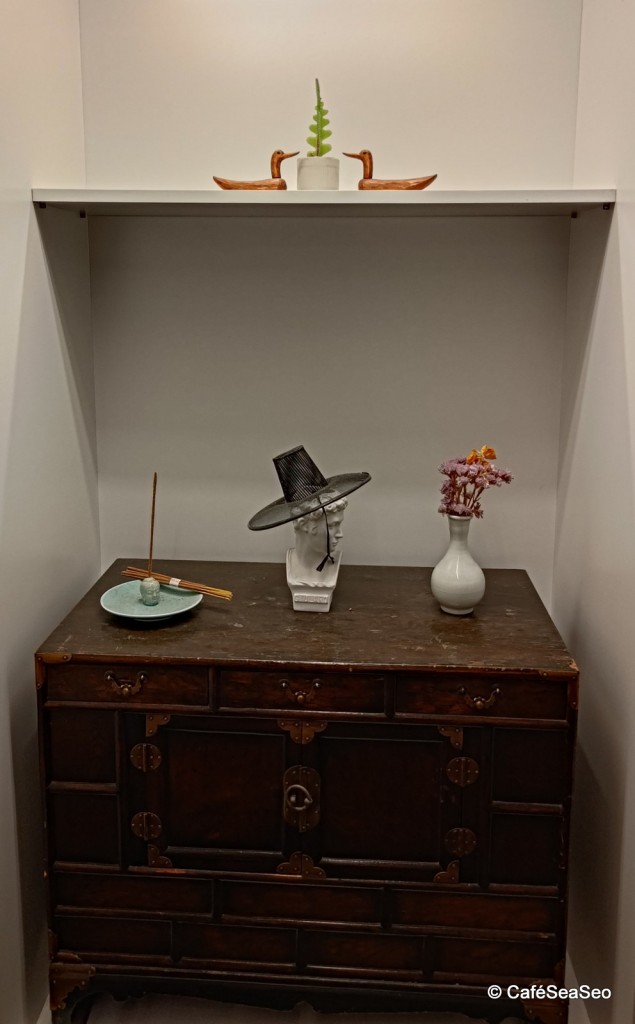
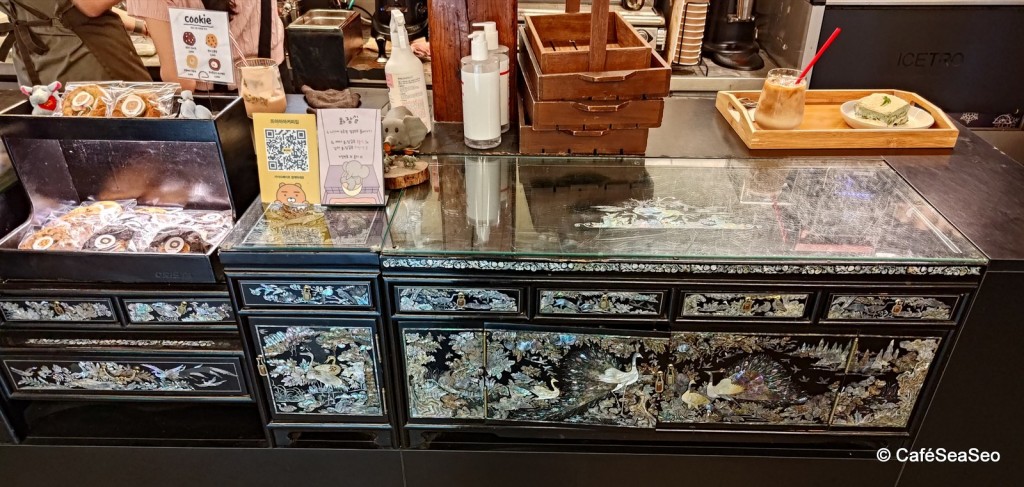



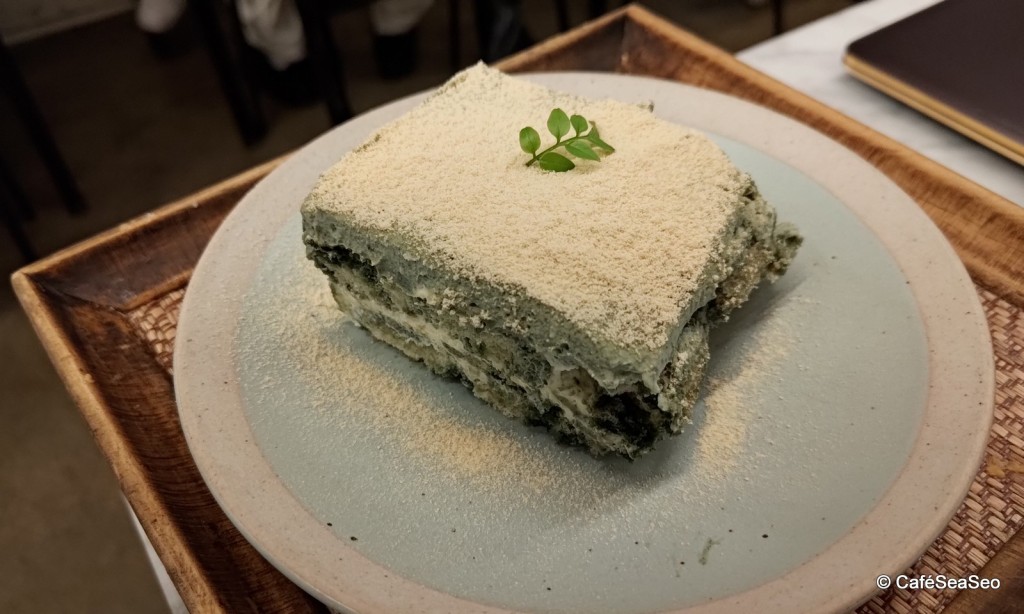
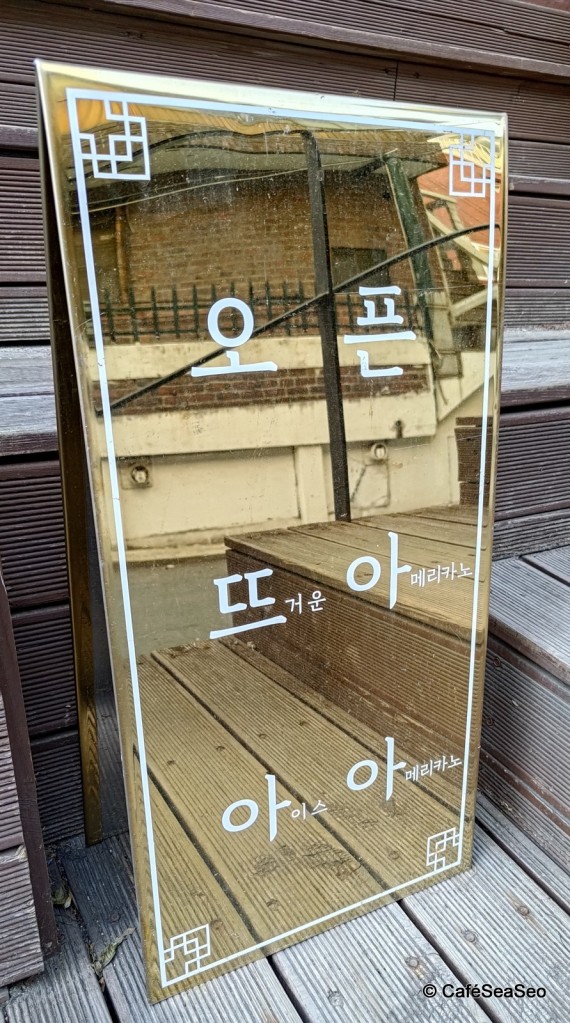
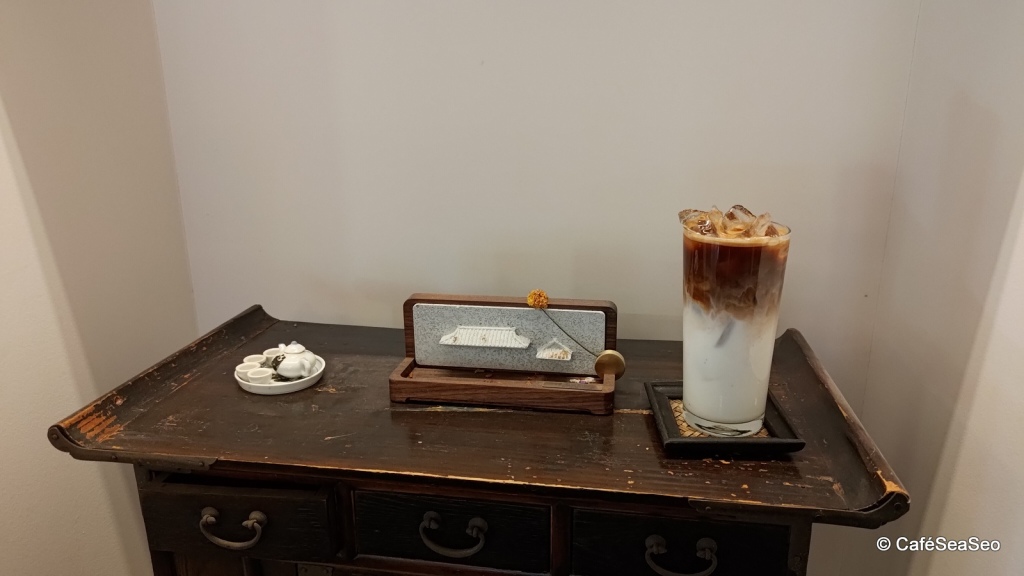


We’ll start with the whimsically named 뜨아아아커피집 (Ddeu-a-a-a Keopi Jib (Ddeu-a-a-a Coffee House), in Wangsimni. That’s a mouthful, isn’t it? Fortunately, maybe, it’s also known as ddaaa_coffee. I’ve barely even hung out around Wangsimni; I recall only going to the CGV there once or twice. As a major metro transfer station, I never thought of it much as a neighborhood to visit. But 뜨아아아커피집 is a place where I noticed a lot of couples hanging out, and both the coffee and desserts were good. And they have a cute elephant motif, with decorative elephants strategically hidden around the café. It’s slightly hidden in the neighborhood around the corner from Wangsimni station, exit 9.

필운채 (Seoul – Pirun-dong)

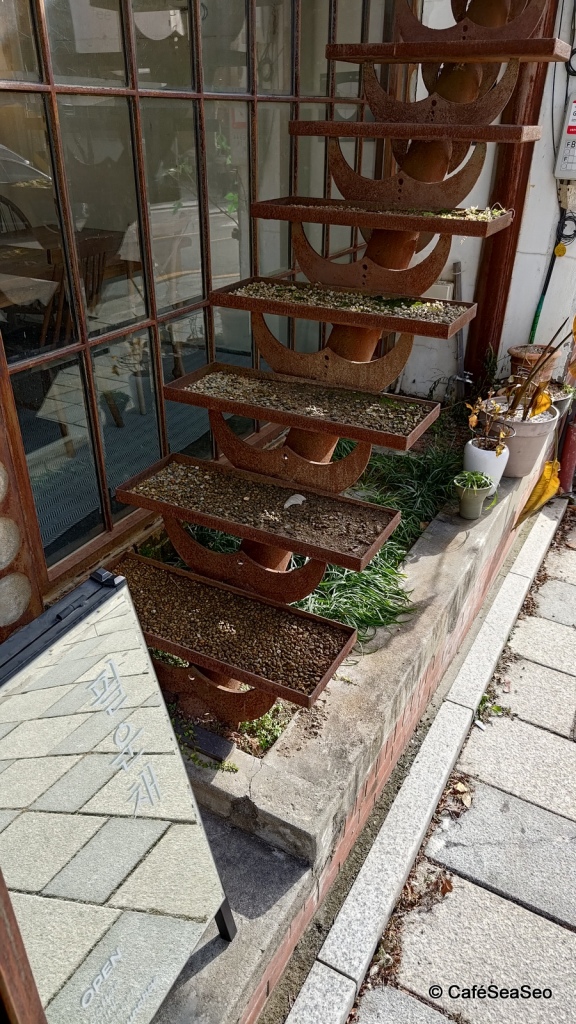
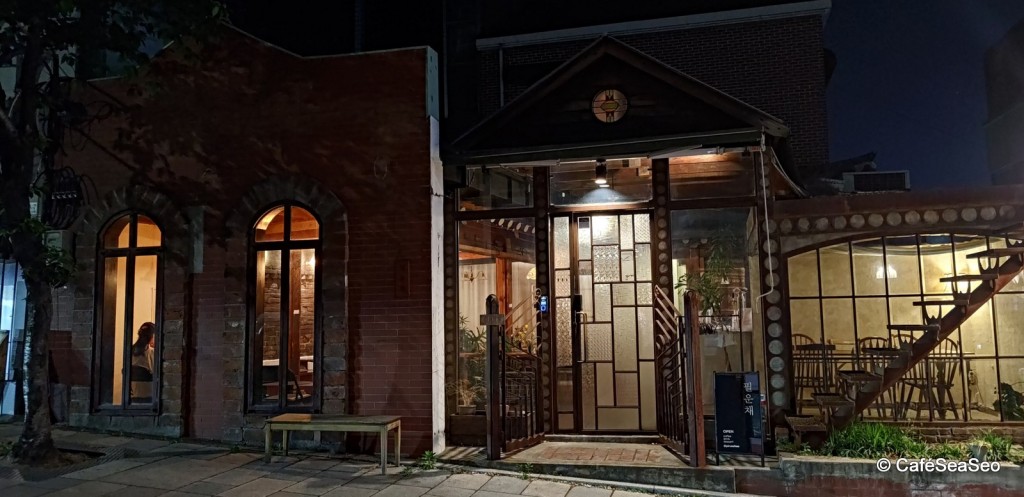

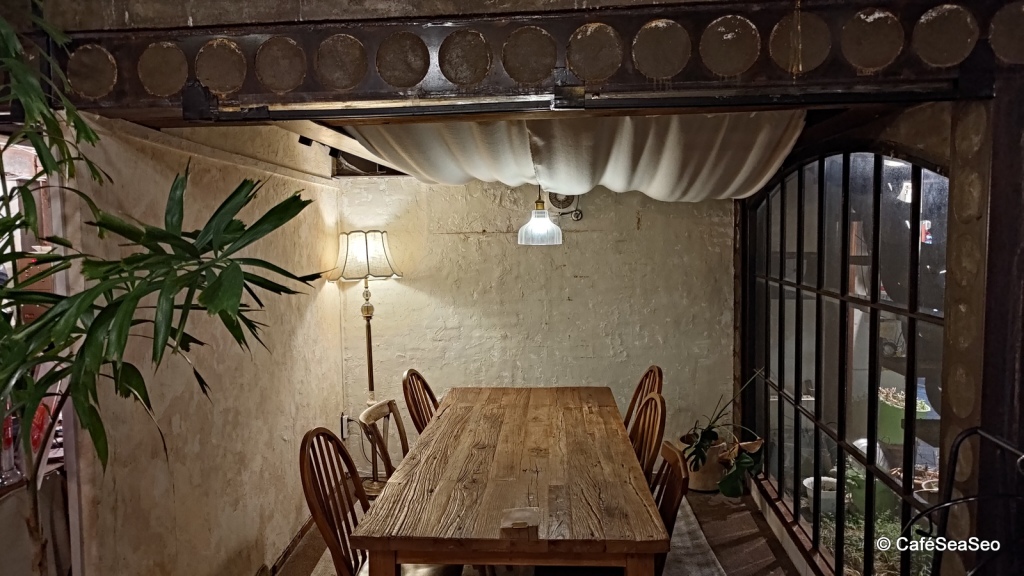

I first noticed 필운채, or Pirunchae, while walking around Pirun-dong late last year. It caught my eye and I pinned it in my maps to go at a future date. That happened to be a few months later, when a restaurant I was trying to go to in the neighborhood closed early. It was a Sunday evening, so most places were closing down. But 필운채 was still open, and I got a bite to eat there, with coffee. Surprisingly near Gyeongbokgung station, exits 1 and 2.

HANOK BAKERY CAFE (Bundang – Seohyeon)
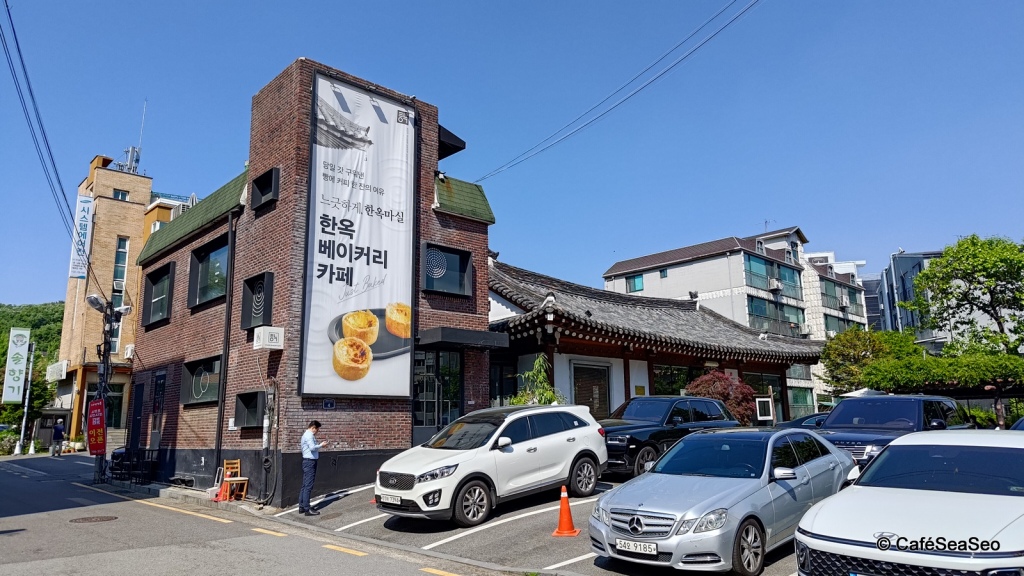
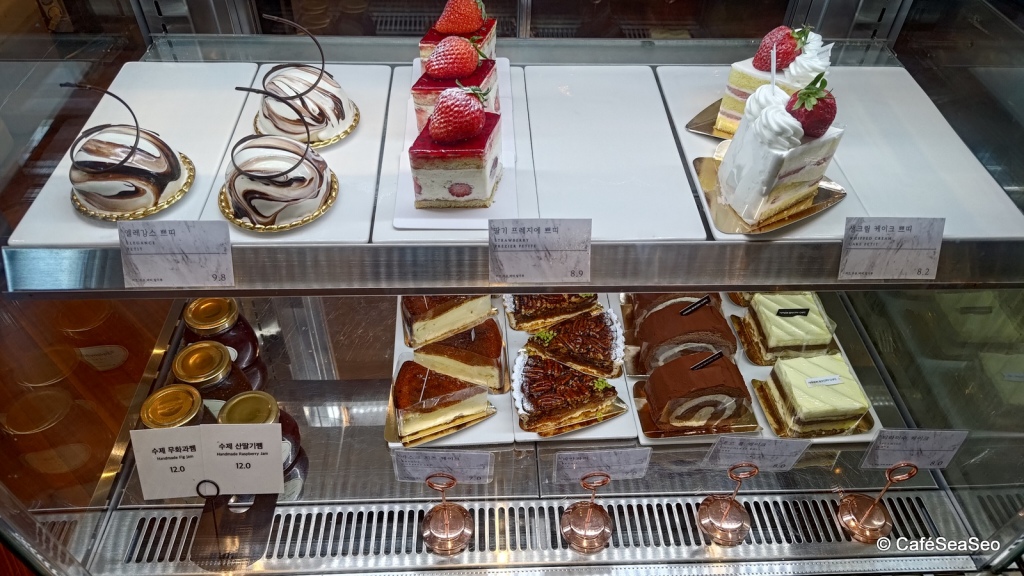


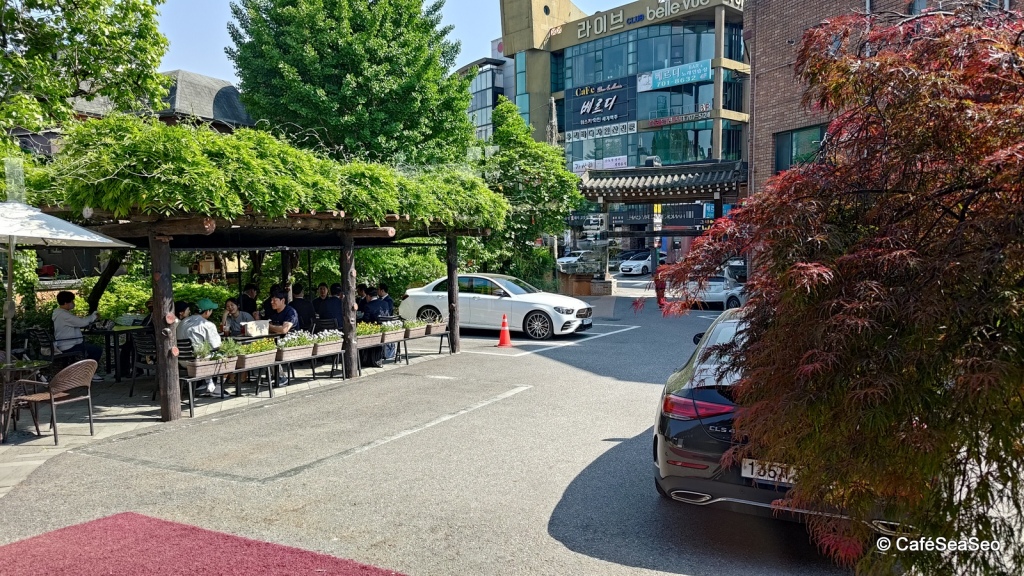



After doing some errands in Seohyeon, I decided to return to the area where a De Chocolate I once frequented used to be. It’s now a restaurant, but just around the corner from it is the grand HANOK BAKERY CAFE. It’s actually a hanok plus an annex, and it’s kind of a luxurious space. It felt like new construction rather than a traditional hanok, and I suspect that’s because it’s part of the SFG brand rather than an independent café, but after investigating Naver Maps street view, it seems it was there in 2011 as a chueotang restaurant. So perhaps it is an old hanok after all. Then it certainly was expertly remodeled. It’s a bit of a walk from Seohyeon station, so if you’re not a fervent walker like me, then you can take a bus, car, or taxi there.

아마츄어작업실 광장시장점, aka Ojedo (Seoul – Jongno 5-ga)
File this one under: I’m confused as to what the name actually is. Maps and signs show that it is called 아마츄어작업실 광장시장점 (Amateur Workroom, Gwangjang Market branch), but signs in front also call it Ojedo (오제도, Yesterday Too), so… I guess it’s both? In any case, I went there on a heavily polluted evening after enjoying some delicious ramen across the alley at Niji Ramen, run by two young Japanese girls. As I was about to enter Ojedo, a college aged girl in the alley was staring at the barista and laughing and waving. So I joined in and smiled and waved at the barista too. He was mildly surprised, and the girl was highly amused and laughed at my antics. I went inside and confirmed that they were a couple, and I congratulated him, I think? Can’t remember exactly. Anyway, this café is the one that is preserved. It seems they kept the layout and the furniture from decades ago, while making seating arrangements suitable for a café. But it makes you just want to look into each and every room. I don’t recall ever seeing a café that feels so house-like. Irwin’s in Seattle comes close, but it’s just one room. Here, take a look:
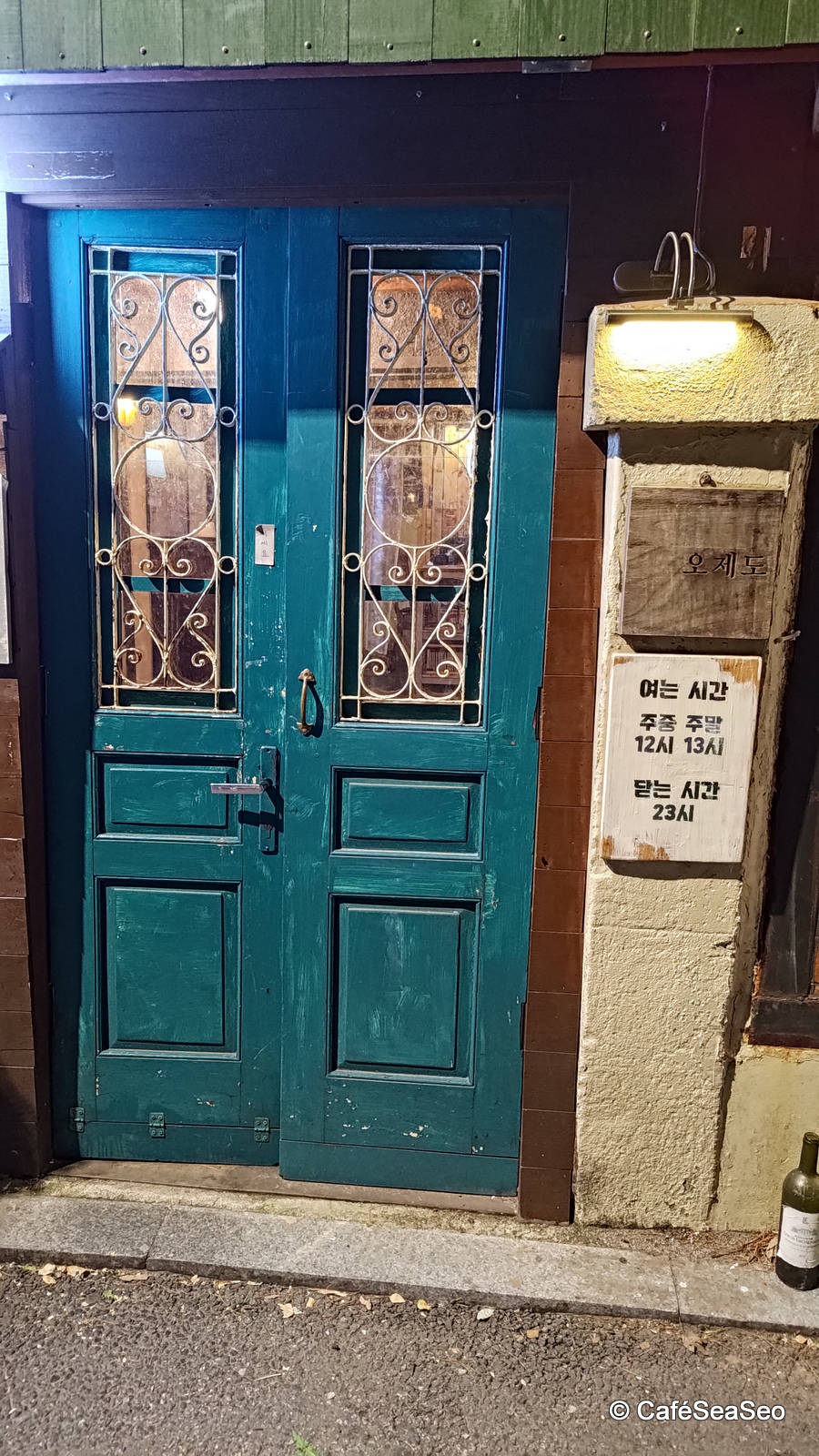


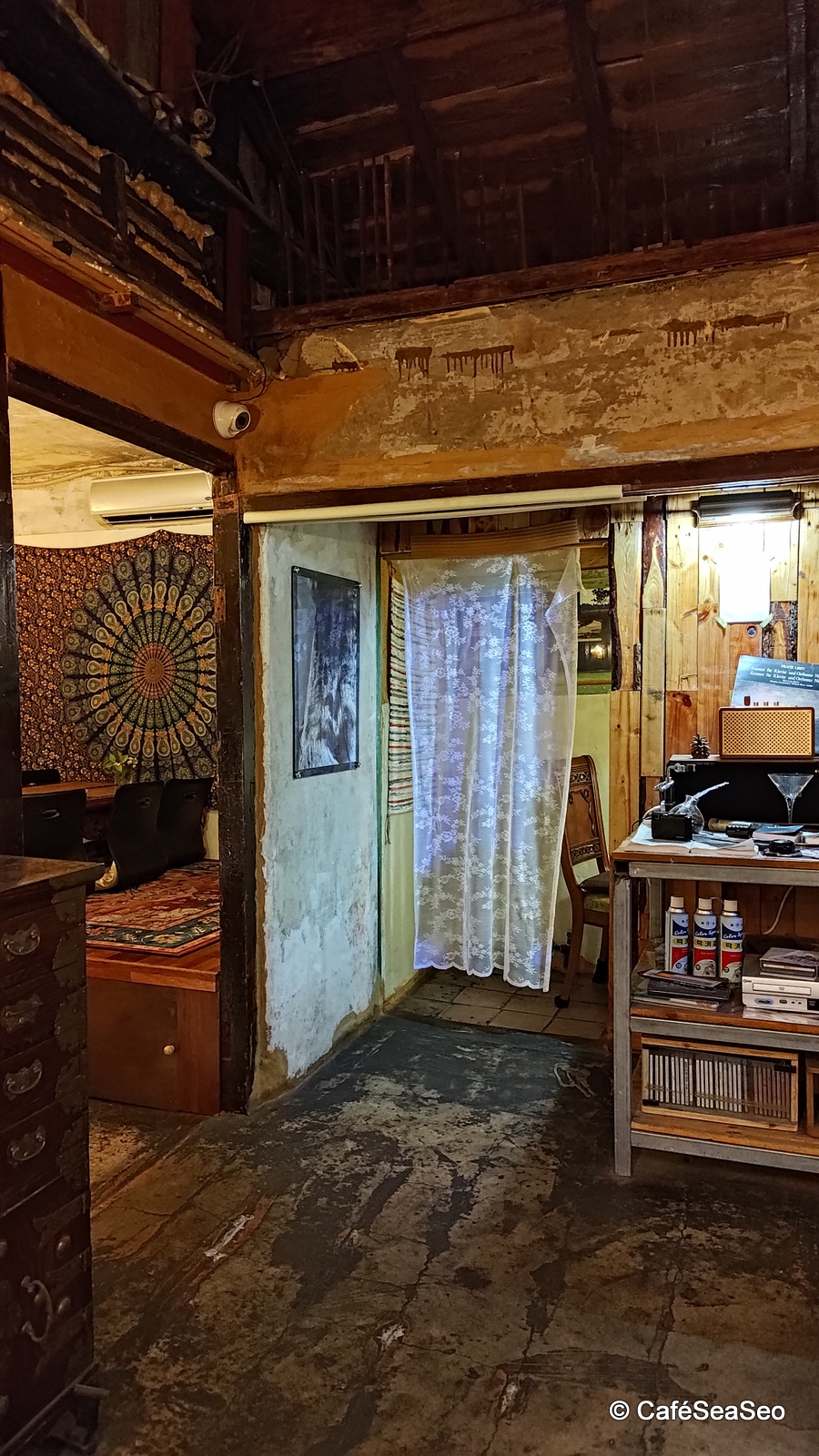
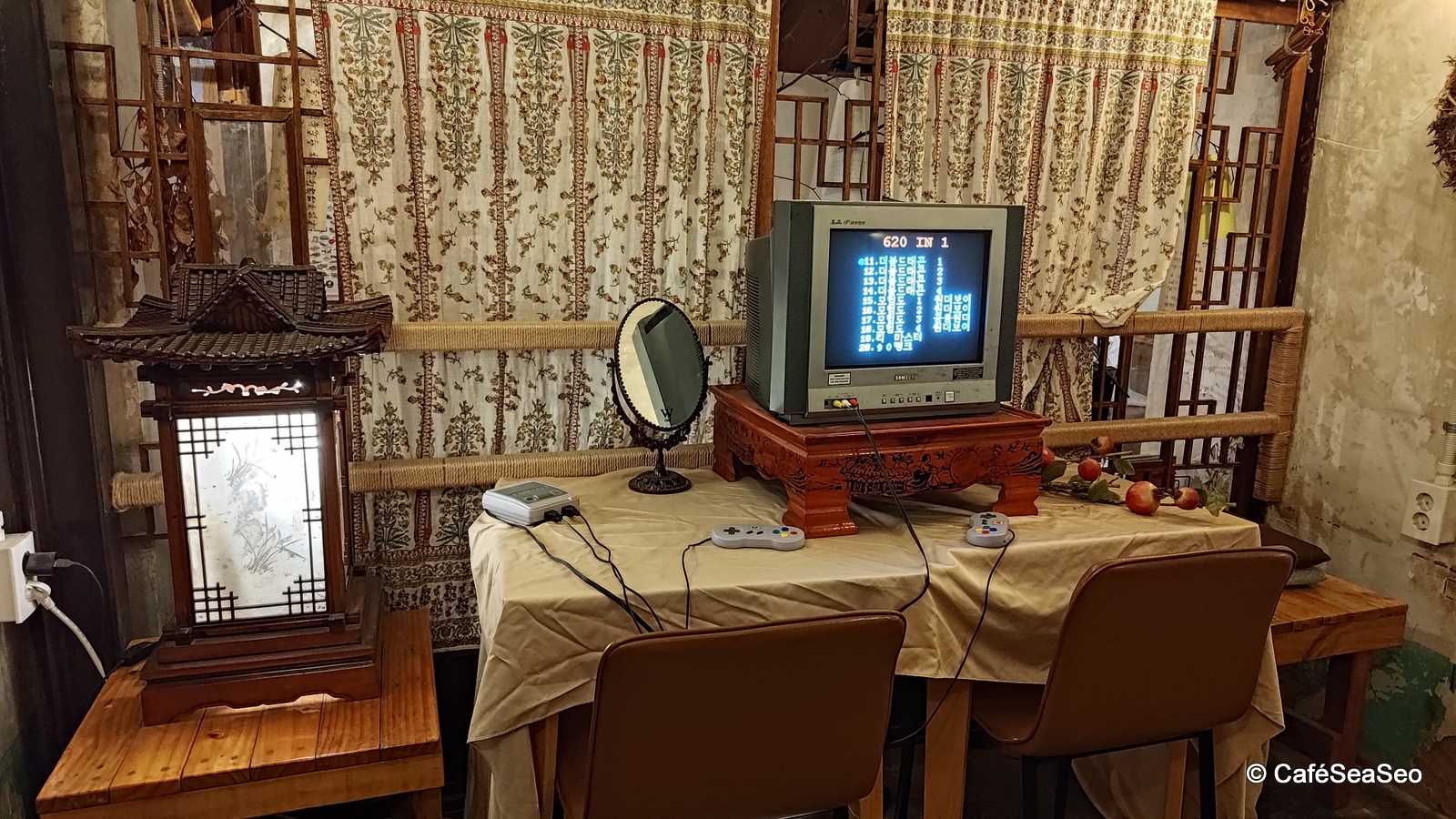
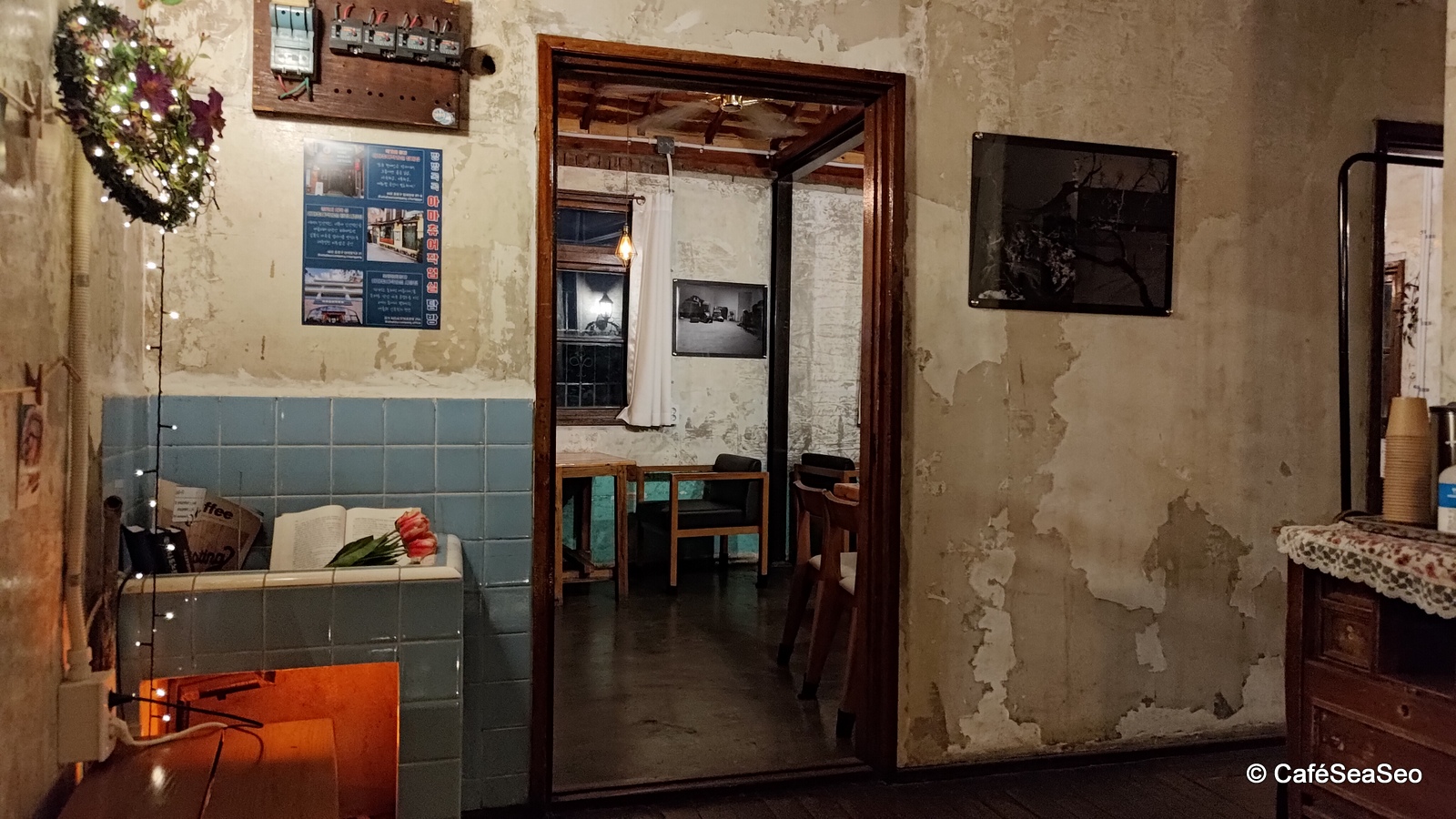
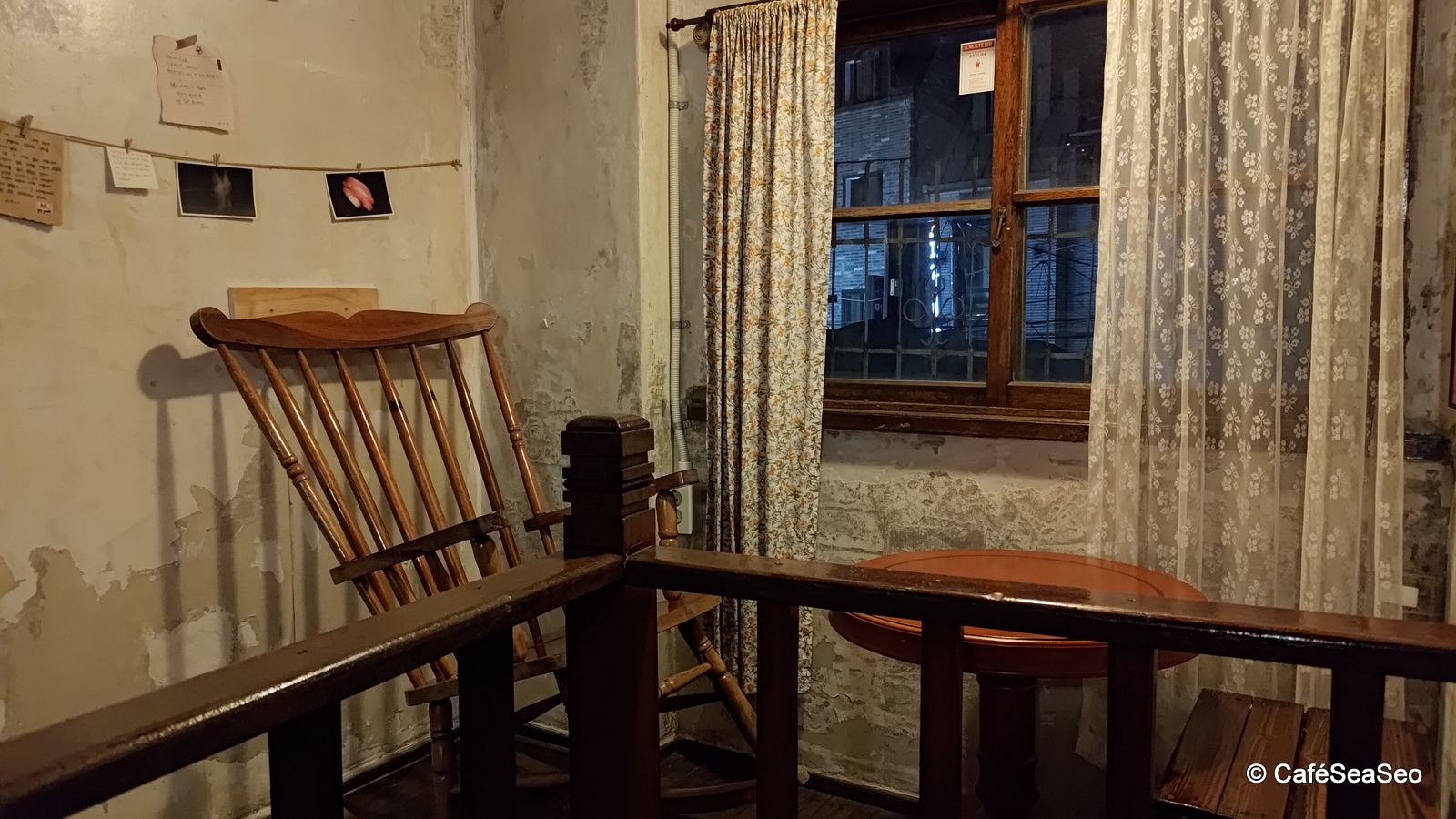
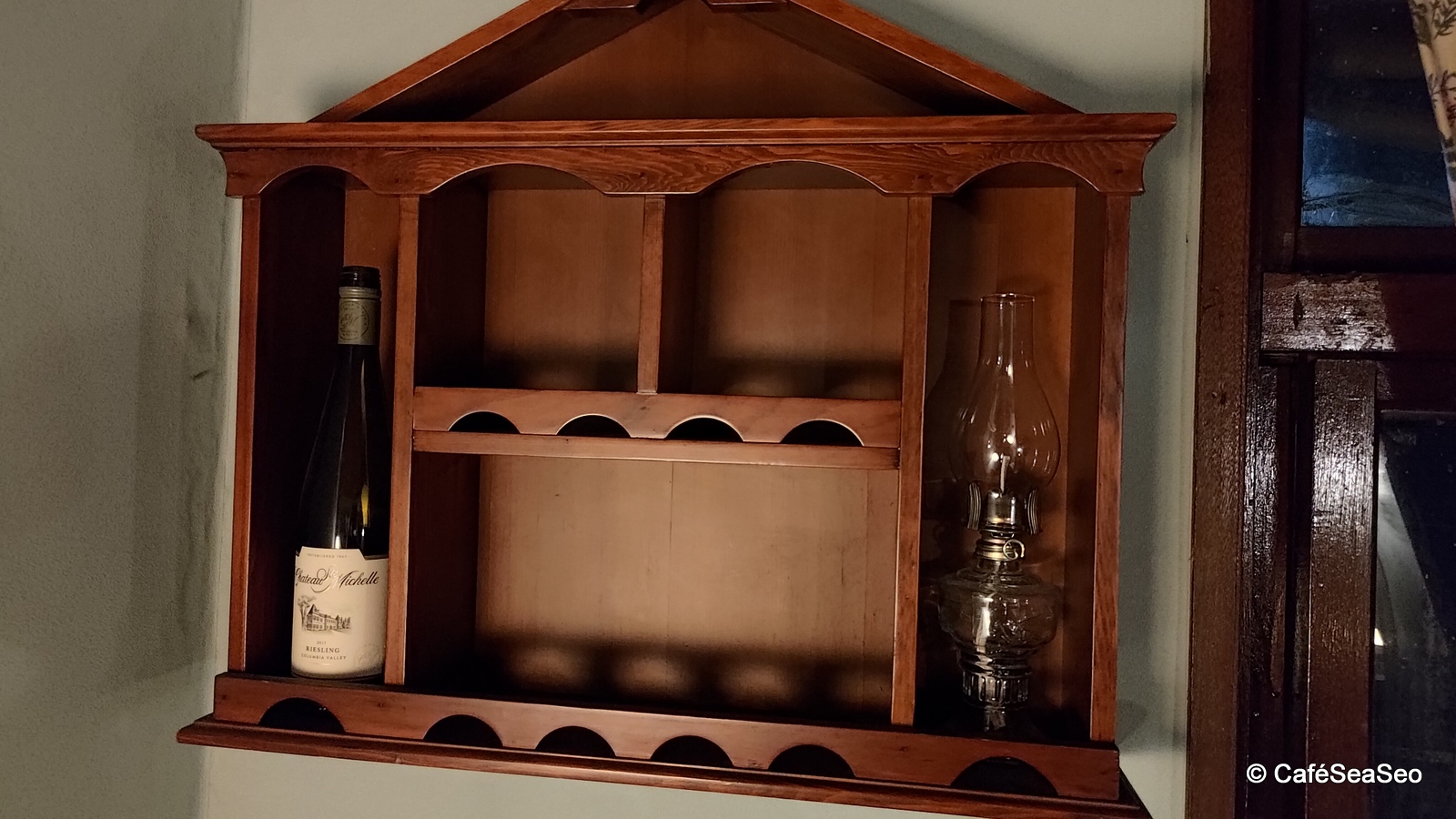
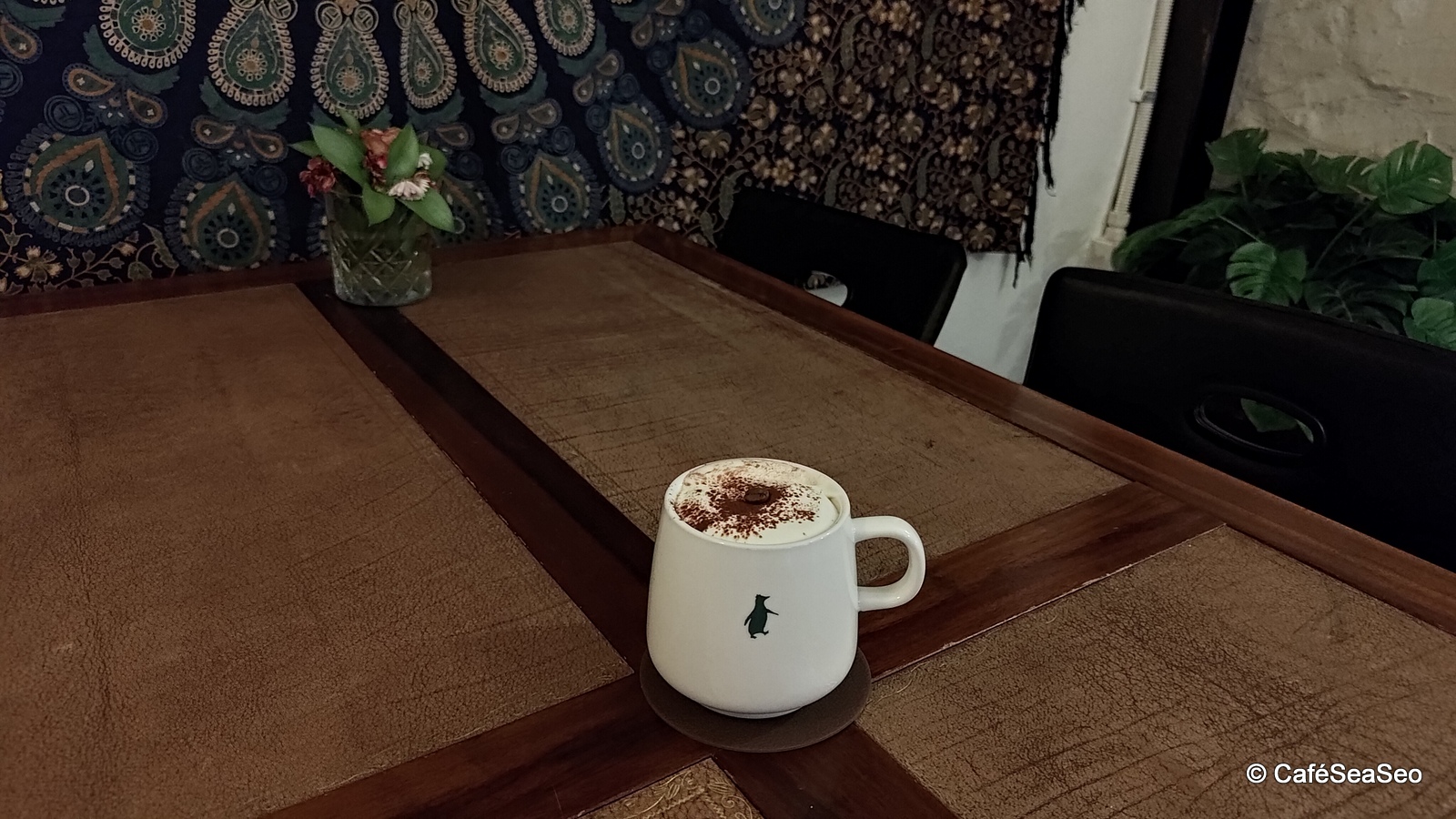

Cool, huh? As for the TV with the video games, upon first glance it was a Nintendo Classic Mini: Super Famicom, but it turned out to either be fake or have had its software rewritten to show a list of hundreds of games. But they were unplayable! And as for the wine in the cupboard, it was a Chateau Ste. Michelle from my home state of Washington. So I was pleased with their selection. As for the Vienna coffee, it was decent, but I’d have to try other coffees to decide if the coffee is good there or not. Ojedo is a short walk from Jongno 5-ga station, exit 1.

cheong su dang BAKERY (청수당 베이커리) (Seoul – Ikseon-dong)
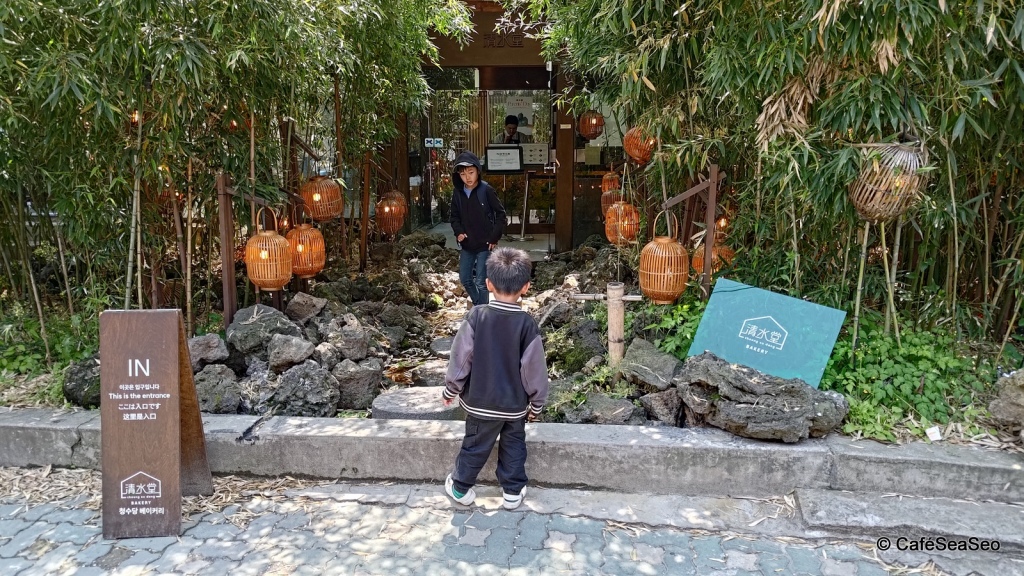
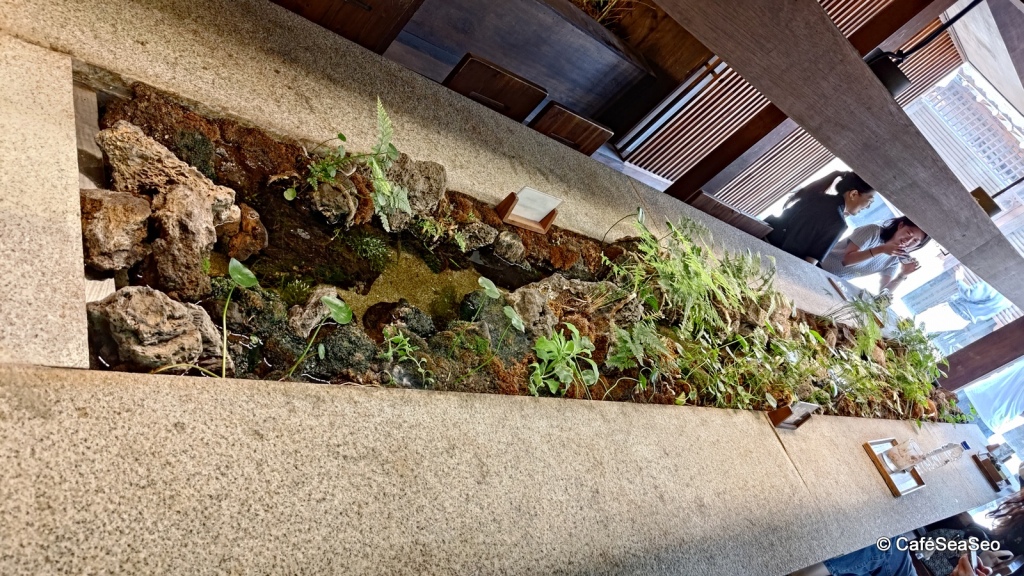

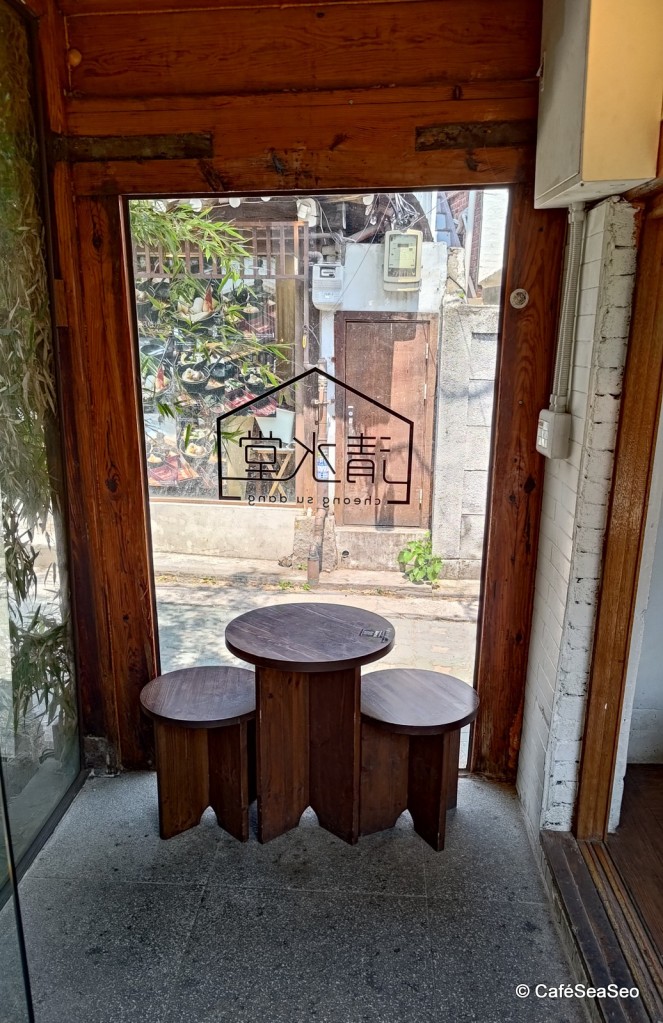
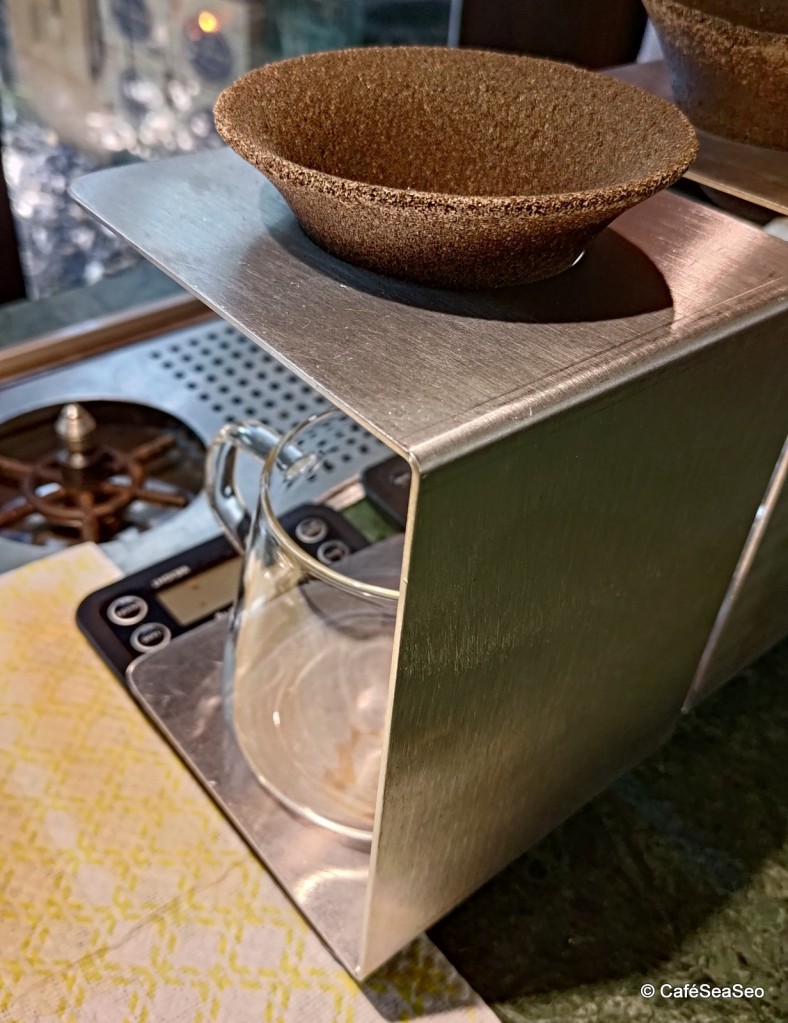
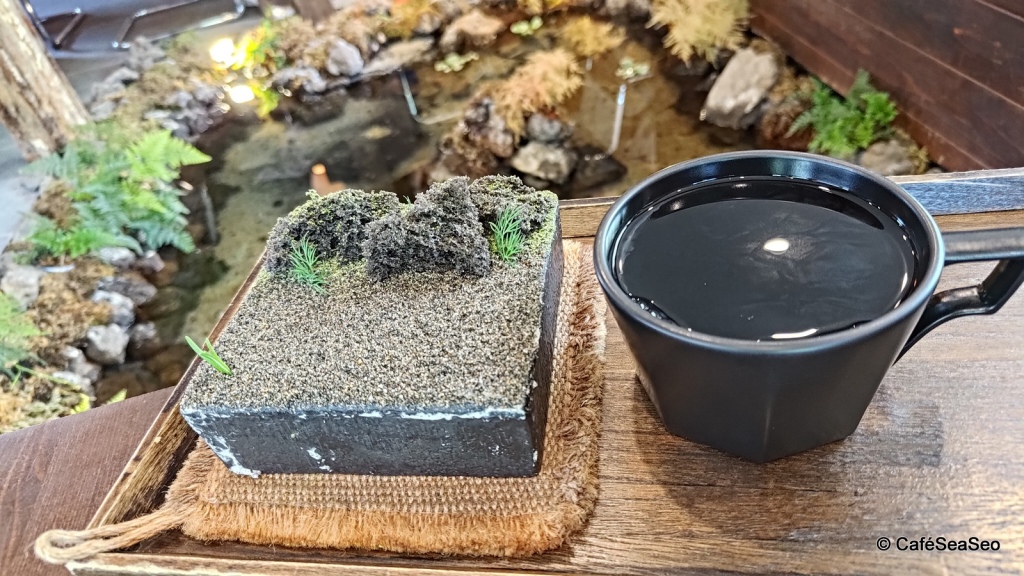




The next hanok café is certainly a tourist destination, but it’s well worth a visit. It’s deep inside the hanok village of Ikseon-dong, which has become popular over the past decade. I don’t think I would have found it myself if I hadn’t read an article about it in The Korea Herald. And yes, while the newspaper calls it Cheongsudang Bakery, I try to follow an establishment’s preferred orthography as displayed on their signs, which in this case is cheong su dang BAKERY, with spaces not included in the Korean name, and unusual capitalization. Phew. Anyway, the place itself is a breath of fresh air, a lovely and large hanok with surrounding gardens. And as the Chinese characters of the name make clear, 청수당 means “clean water room”, and there is certainly a lot of water both inside and out. I tried one of their cakes, a black sesame fromage cake, and I’m not sure I’d have it again. But the special stone drip coffee was really good. I had a nice seat beside the inside pond. And while I was reading the online magazine NOEMA in Microsoft Edge, my usual browser of choice is Mozilla Firefox, but Edge happens to be better in vertical tablet mode. As a co-worker of mine circa 2008 once put it, “Get the fox!” I certainly have since the 0.8 beta version in May 2004… wow, 20 years of using Firefox! ^^
Ah. cheong su dang is accessible from the northern exits of the many branched Jongno 3-ga station. Use a map to find your way!

Patio (Seoul – Sinchon)
Since we’re now counting in decades instead of years, well, one decade ago I visited Patio café in Sinchon with a group of friends. This month, I was curious to see if it was still there, and fortunately, it was. It had been updated with slight remodeling, but basically was the same as before. The kind ahjusshi barista says that he’s the same person who was there ten years ago too!
I actually first took a picture of it in 2012:

Seemed like an interesting place. I stopped in front once more two years later, but I didn’t go in for another few months after that:




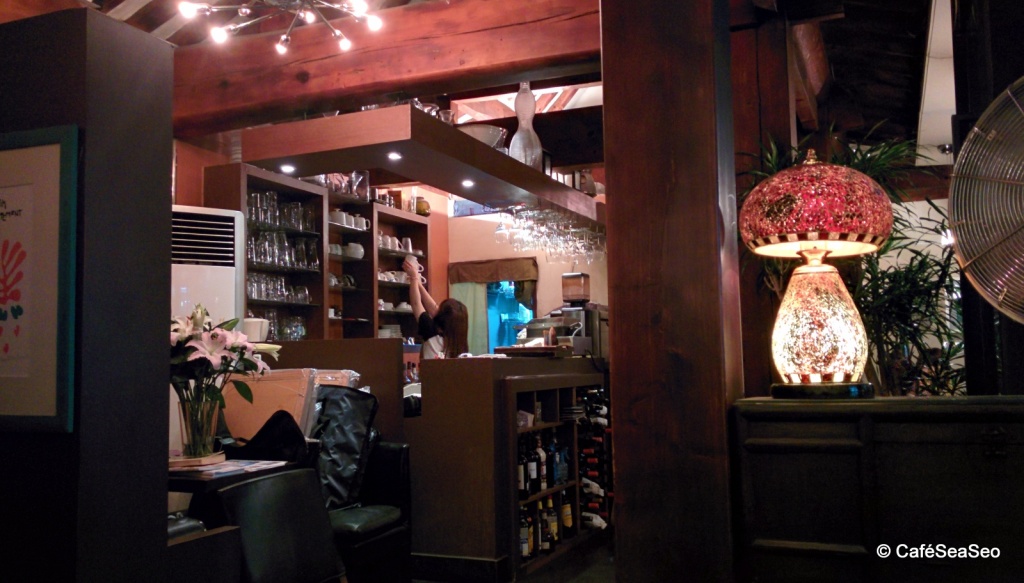


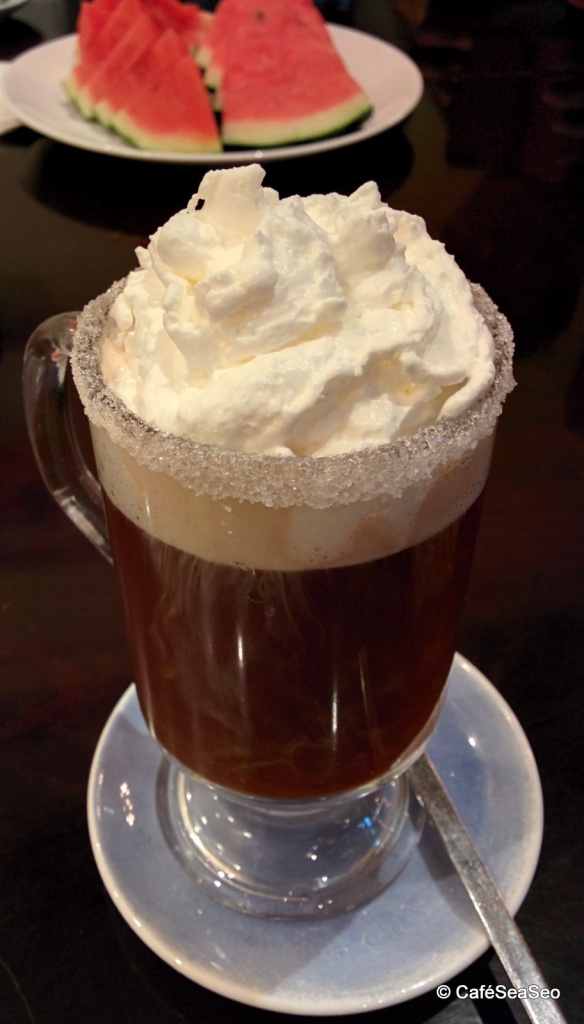
One decade later, and the concept of flowers, paintings, and complimentary fruit is still holding on strong. I sat down at the other side of the hanok, but still took a picture of where I had previously been with my friends.
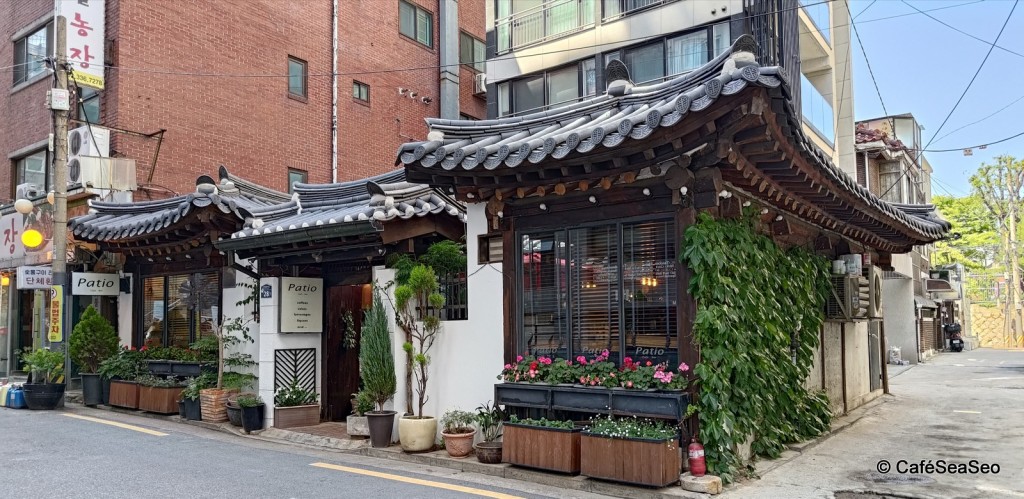
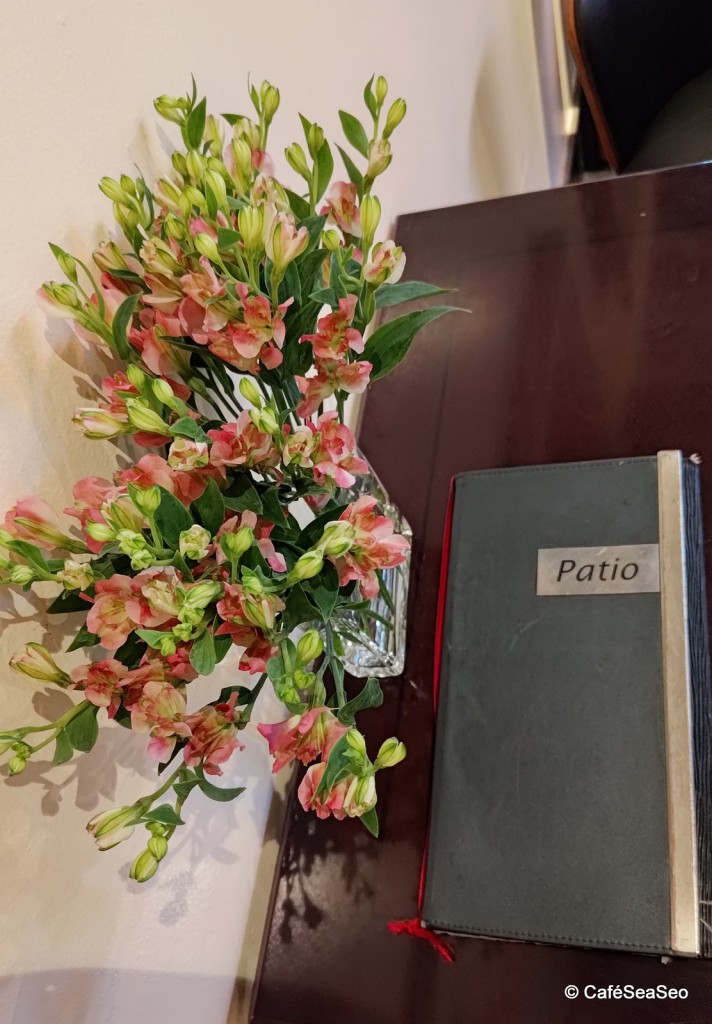

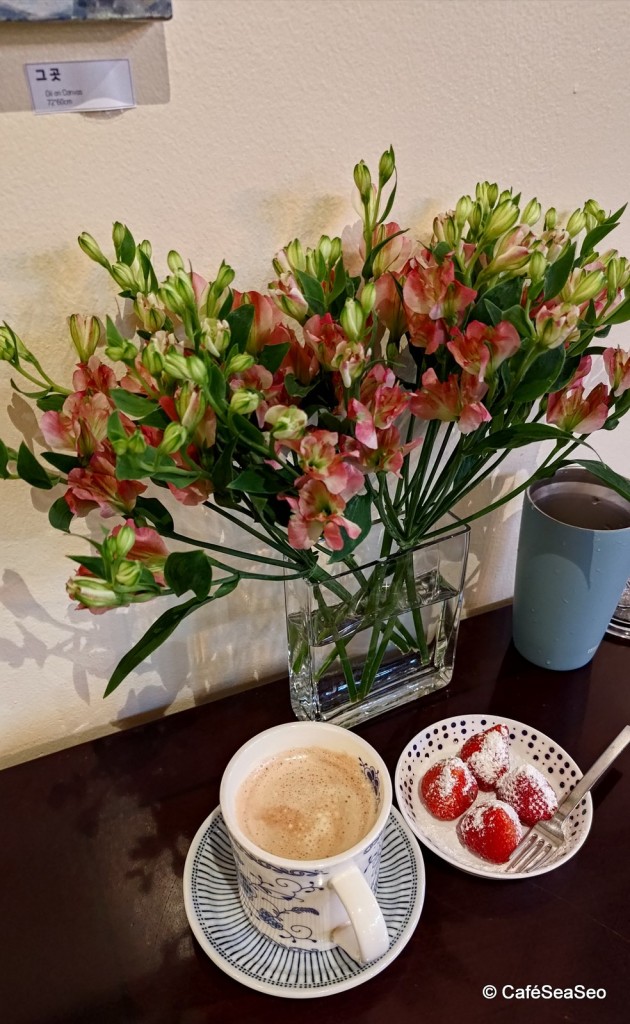
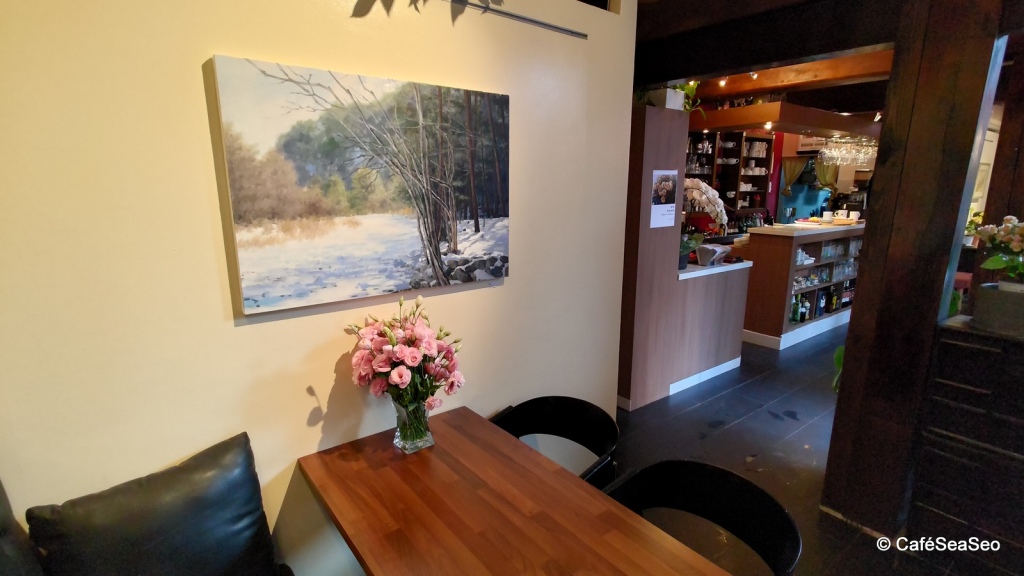

I’m glad a space like this still exists among all the modern buildings of Sinchon. Patio is a short walk from Sinchon station, exit 1. (Line 2, not the nearby Gyeongui–Jungang Line)

Certainly, I’ve been to many other hanok cafés besides these in all my years living in Korea. The first one I visited seems to be yeon (緣). It’s unfortunately permanently closed, but there’s a very detailed post about it on a personal Naver blog. I tried Wiktionary to find out the Hanja meaning of yeon (연), but none of the characters matched. I know 연 to mean year, kite, rest, and lotus flower, but it turns out, according to 슈비’s Naver blog, that this yeon, 緣, is the 연 from 인연 (因緣, inyeon), the Korean concept of destiny that was highlighted in the 2023 movie Past Lives. So it’s nice and appropriate that yeon (緣) is the first hanok café I seem to have visited.
Other standouts over the years include Suyeonsanbang tea house (Seoul – Samcheong-dong), Fritz Coffee Company (Seoul – Gongdeok / Dohwa), 차 마시는 뜰 (Cha Mashineun Ddeul (Tea Drinking Garden)) (Namyangju – Bukhangang), Namusairo (Seoul – Naeja-dong), and 문향 (Munhyang (Door scent)) (Yongin – Sinbong-dong). And of course, I’ve blogged about both HAVEN and say something,. I’m sure there are others, but I’ll come to them in due time. For now, enjoy these few that I’ve posted about this week, and I hope you can visit one or more of them soon!
Thus concludes the Architecture Trilogy of spring 2024.

written in Seattle at Fresh Flours West Seattle, in the South Delridge neighborhood. where a café mocha assisted in the composition.
continued in Seattle at Seattle Sunshine Coffee in the Bryant neighborhood, where a cappuccino assisted in the composition.
continued in Seattle at Zoka Coffee in the Tangletown neighborhood, where a cappuccino assisted in the composition.

One thought on “Hanok cafés”